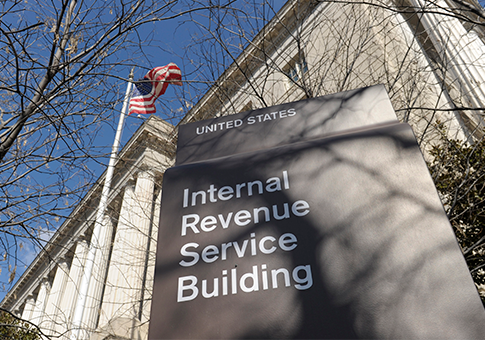IRS
IRS Hiring Practices and Salaries Examined in Report
A new report says the Internal Revenue Service (IRS) used its legislative authority appropriately when it temporarily hired employees at salaries higher than those typically given to Federal Government senior executives.
Dec. 12, 2014

A new report says the Internal Revenue Service (IRS) used its legislative authority appropriately when it temporarily hired employees at salaries higher than those typically given to Federal Government senior executives. The report was issued by the Treasury Inspector General for Tax Administration (TIGTA).
The IRS Restructuring and Reform Act of 1998 (RRA 98) authorized the IRS to hire up to 40 individuals (at any one time) into positions it deemed to require extremely high-level expertise in an administrative, technical, or professional field that is critical to the IRS’s success. Appointments were limited to four years. Employees hired under the Streamlined Critical Pay (SCP) program received base salaries ranging from $130,000 to $227,300. The base pay for members of the Senior Executive Service in 2010-2013 ranged from $177,000 to $179,700.
The IRS used its streamlined critical pay authority to fill 168 critical pay positions between 1998 and 2013, when the program expired, TIGTA found. Over half were information technology positions and the remaining positions were distributed among the other nine IRS functions. Approximately 39 (38 percent) of the critical pay appointees were retained and held different appointments after their initial appointment or assigned project ended.
TIGTA’s review found that critical pay positions were adequately justified; the need to recruit or retain exceptionally well-qualified individuals was demonstrated; and that pay limitations were adhered to.
In November 2009, the Secretary of the Treasury’s critical pay approval authority was delegated to the IRS Commissioner effectively eliminating an important oversight control written into the original authority. Additionally, TIGTA found that two critical pay appointees had previously worked for the IRS. After they separated from the IRS, they held private sector jobs for several years before returning to fill the critical pay positions they were appointed to.
TIGTA did not make any recommendations in its report. The full report is on the TIGTA website.
